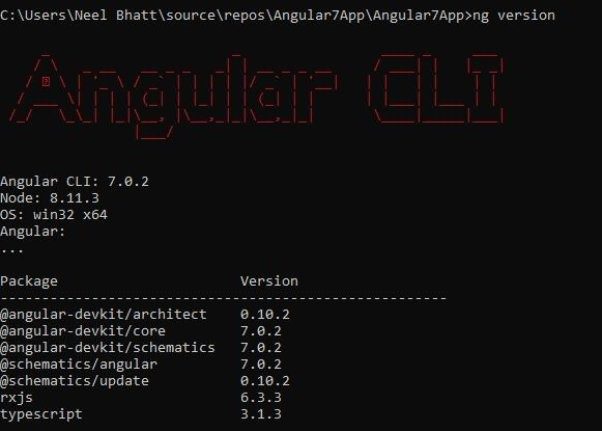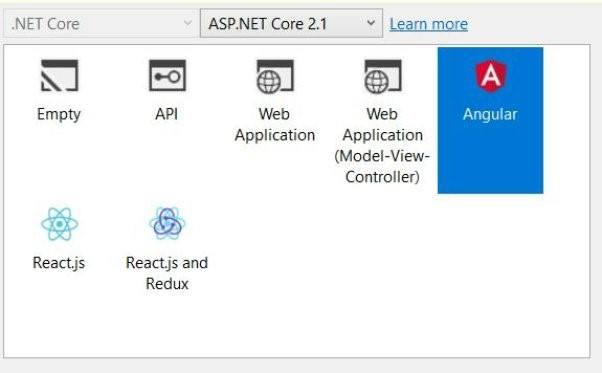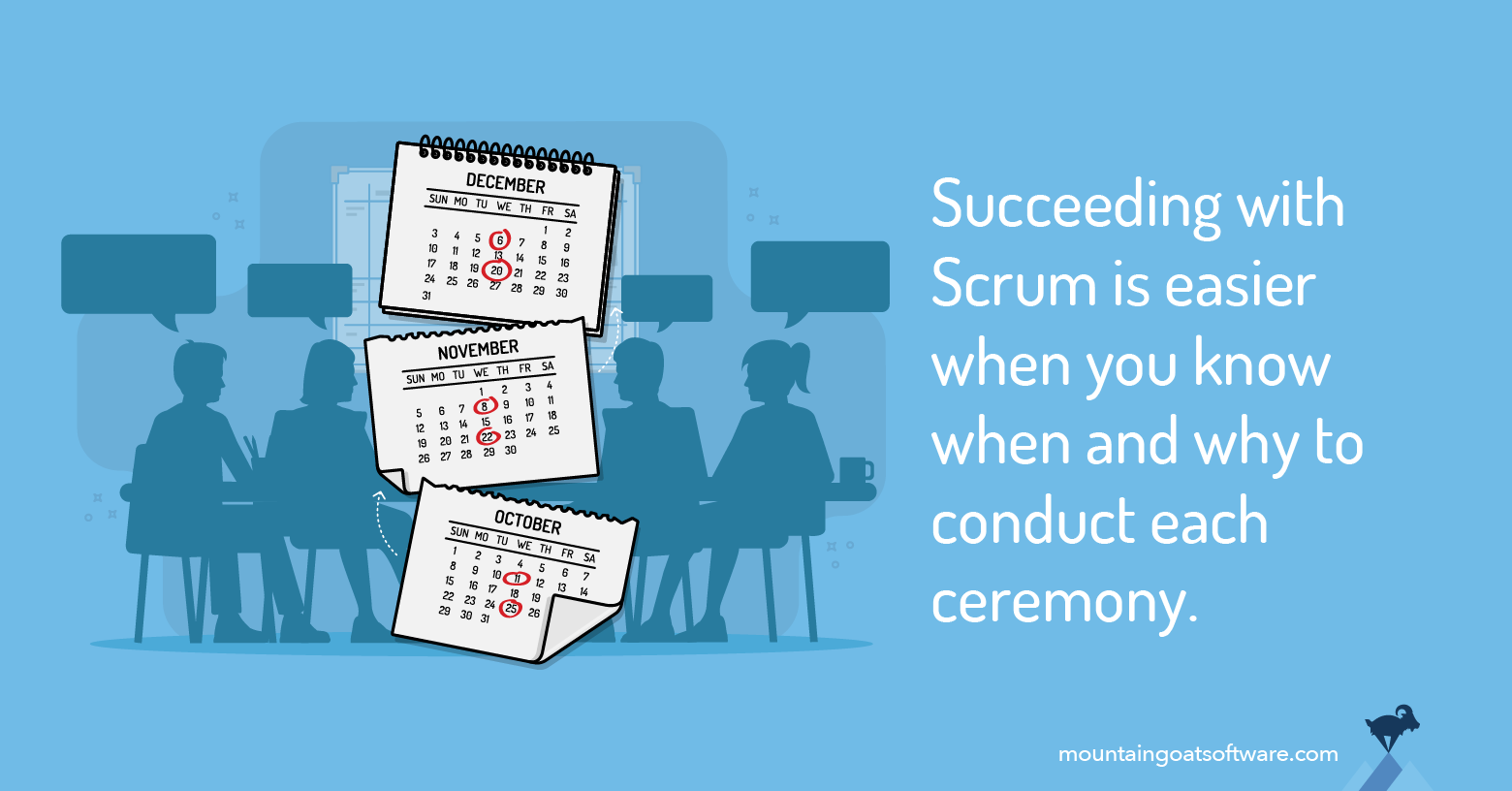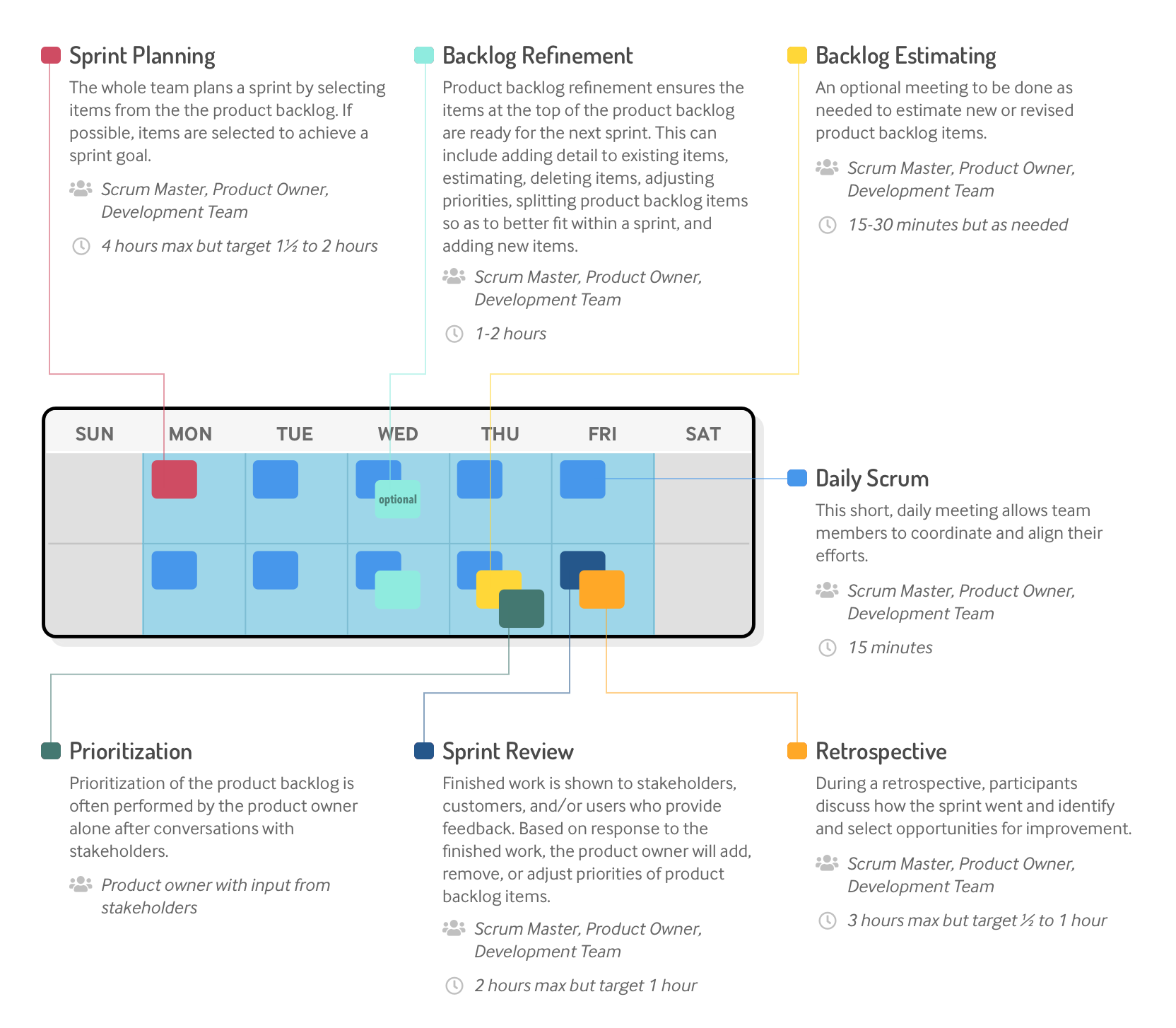Referred Link
https://philmckinney.com/six-practices-of-successful-innovators/

https://philmckinney.com/six-practices-of-successful-innovators/

Successful innovators seek out mentors.
One of the things successful innovators have in common is that they seek out wise mentors. Mentors usually have reached a level of success in their professional experience. They may offer guidance and advice in both professional and personal areas.
Mentors are an important aspect of growing as an innovator. The smart innovator knows he or she can’t go it alone. A mentor can make the difference between taking the right path or veering off in the wrong direction. Most successful innovators have at some point been guided by a mentor, a trusted advisor. In some cases, successful innovators have had multiple mentors at different stages of their career. Steve Jobs, in the Walter Isaacson’s biography, acknowledged key people who influenced his career and life. In fact, Bill Campbell, who mentored Steve, mentored an entire hall of fame of successful innovators.
Early in my career, my mentor, Bob Davis, set the course for my career. Without his influence, advice, and guidance, I would not have achieved the success I’ve had in my career. My blog, podcast, and book are my efforts to share my experience and knowledge. My desire is to build a community and encourage others in the innovation arena. It’s my way to pay back Bob for his impact on my life.
When you find that great mentor and success ensues, you’re motivated to pay it forward. Richard Branson credits success with Virgin Atlantic to the mentorship he received from Sir Freddie Laker. As founder of Laker Airways, Sir Laker had the experience and expertise and was willing to share that. Years later, Branson has launched Virgin Startup to help a new generation of entrepreneurs.
Successful innovators surround themselves with like-minded people.
Successful innovators engage with people who have similar values and goals. They put themselves in an environment where they can talk about their ideas and grow in a creative sense.
A group known as “The Vagabonds”, were the innovators of their day. Their ranks included Thomas Edison, Henry Ford, Harvey Firestone, John Burroughs and were joined by others. They banded together to go on annual camping expeditions. They took a break from their busy lives, got outdoors, and enjoyed nature. But they also engaged in the exchange of ideas. Wouldn’t you love to be sitting around the campfire listening in? Here were a group of men with vastly different expertise and endeavors. Yet, they had the common ground of being innovative thinkers.
Finding an environment to share your ideas and encourage others is another step towards success. Today, there are a number of ways to connect with other innovators of diverse backgrounds. One venue I attend is the annual TED conference. It’s a great way to interact with others at the forefront of innovative thinking. Are you in search of place for open exchange of innovation ideas? The Innovator’s Community is a private, online group that allows you to engage with fellow innovators.
Successful innovators are not afraid to step out of the comfort zone.
Successful innovators are not afraid to leave their comfort zones. Sometimes this means venturing out on your own when the people around you don’t see your vision. It could also mean getting out of your routine, the comfort of the office, or cushy job, and exploring what’s out there. Maybe it’s trying something outrageous that you’ve never dared to do before. Getting out of your comfort zone can open up new avenues and give you a fresh perspective.
It wasn’t until his sixties that Harland Sanders developed his successful fried chicken franchise. Before that, he had dabbled in cooking and serving his secret recipe fried chicken. But it wasn’t his main source of income. Until his franchising success, he went through a range of jobs. Railroad worker, insurance salesman, ferry boat owner, lawyer, among other things. Harland was always trying something new and different. Whether it was out of necessity or choice, Harland never sat back and got comfortable.
Jeff Bezos was in a successful position at investment firm D.E. Shaw when he decided to leave it, borrow money, and start Amazon. Stepping away from financial security into the unknown with potential for failure did not concern him. What concerned him were his regrets if he didn’t take that chance.
Successful innovators value alternative approaches and unique perspectives.
Another quality that successful innovators possess is that they try to see things from different perspectives. They look for alternative approaches. They step out of their personal experiences and biases to examine what others are thinking and why.
In the eighteenth century, seafarers faced uncertain danger at sea. Only half of the navigation equation was known. Sailors could determine latitude, but no one had figured out an accurate way to find longitude. This caused loss of ships and lives due to the missing piece in the navigation puzzle. Astronomers, scientists, and mariners worked to find a solution. The British government opened up an opportunity to the public to solve the problem. The government offered the Longitude prize for the person who could develop an accurate way to measure longitude.
The unlikely winner was a clockmaker, not an astronomer, mariner, or scientist. Even Isaac Newton doubted the unique approach of John Harrison. Harrison knew clocks and carpentry. He developed an alternative approach to those proposed by leading scientists and astronomers. His maritime clock could maintain time accurately of a reference point despite conditions at sea. Harrison faced criticism. His perspective was not well received. The Board of Longitude, who reviewed and awarded the Longitude Prize, were a smug bunch. Their doubts of Harrison’s solution delayed the process. His innovation took many years to develop and refine. The naysayers only compelled him to perfect his marine clock. He stuck with it despite the obstacles. By applying his skills and knowledge in one area, he was able to solve a problem in a seemingly unrelated field.
Seek out honest opinions and don’t be held back by assumptions. Even if you’re a lone innovator not working with a team, you can still find people to give a fresh perspective. Ask someone with a different background to review your product. Seek out a younger or older family member’s opinion. Actively listen to others’ points of view to enhance your own understanding. Listening to diverse opinions will give you a better grasp of viewpoints in the greater population. Talk to people who think differently from you. Maybe it’s someone whose opinion you usually disagree with. They may point out flaws in your approach that help you perfect your product or possibly decide to pivot.
Successful innovators never stop asking questions.
Successful innovators have an innate curiosity. This means they never stop asking questions. By asking the right questions, they are challenging assumptions and exploring new ways of thinking about things. They refuse to accept the premise that, “This is the way it’s always been done.” Their questions compel them to make radical changes to the way things are done. As result, these successful innovators create major disruption to industries. Innovators remember specific questions they asked that led to their successful ventures. In a study on successful innovators, Michael Dell told researchers(Harvard Business Review, Dec 2009) he wondered “why a computer cost five times as much as the sum of its parts.”
I firmly believe that asking questions is the life breath of innovation. Hence, I developed the Killer Questions to spark the thought process for innovation.
Successful innovators set aside time to think.
Both deep focus thinking and spontaneous thoughts generated through moments of relaxation can produce innovative ideas and solutions. People who are too busy with daily tasks and meeting expectations, don’t have the freedom to allow their mind to wander. The mind needs that free space to be creative. You have to give room for thoughts. Successful innovators set aside time to think. This means setting aside a time and a place. It can also mean taking a break from work to help your mind relax. Some of the best ideas happen while relaxing or doing something enjoyable that is unrelated to work. Observing nature, like the Vagabonds did, away from daily tasks opens the mind to new perspectives.
These six practices are by no means a comprehensive list. These are just some of the practices you can adopt and use as you strive towards your innovation goals.



















